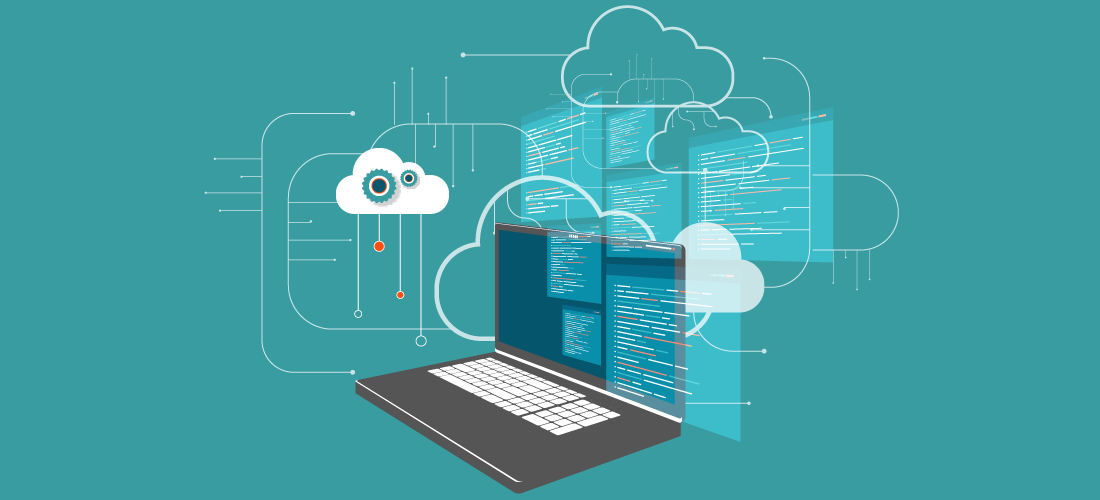Migrating from shared hosting or VPS environments to dedicated servers can be an integral step towards increasing online business growth. Upgrading from VPS or cloud infrastructure offers unparalleled performance, security, and customization; making the switch provides unmatched performance, security, and customization benefits; however it comes at the price of potential downtime or data loss – especially considering today’s always-on digital environment where unplanned downtime could mean lost revenues, damaged reputation, or frustrated users if done improperly – however with proper planning and execution it should be possible without incurring downtime or data loss issues when switching over.
Importance of Clean Migration
Every website or application has unique infrastructure requirements and data footprint requirements that necessitate careful migration processes. A clean migration ensures all files, databases, configurations and dependencies are transferred accurately before going live on a new server.
Goal of migrating data should not only include moving it, but ensuring a seamless experience that users don’t notice at all. No matter if it is for eCommerce platforms, enterprise applications or portfolio websites; maintaining continuous service during transition should never be compromised upon. Therefore, planning and paying close attention to detail from day one are of utmost importance in successful migration projects.

Preparing Your Dedicated Server Before Migrating
In order to ensure an effortless migration experience, the initial step to creating an ideal hosting environment lies with setting up your dedicated server appropriately before any data transfers take place. This requires installing any necessary operating system updates, control panel software (if applicable), software stack (LAMP, MEAN or customized environments), security protocols and backup solutions as closely as possible based on what exists currently with your existing hosting environment – this helps minimize compatibility issues or configuration errors that might otherwise arise during transition.
Before migrating any files onto a new server, all server hardening practices, firewalls, SSL certificates, email configurations, DNS entries and user permissions must be in place on its dedicated servers. A staging environment also helps test migration without negatively affecting live sites.
Backing Everything Before Beginning
No matter your migration plan, comprehensive backups should not be disregarded as part of any plan to migrate your website or content. Make regular copies of all website files, databases, system logs, configuration settings and user content and store these backups safely across different locations – either external cloud storage or another physical machine would work great!
Backups provide peace of mind should something go awry during the migration process; should something unexpected occur and data loss occur, you have an easy and speedy solution at your fingertips to quickly roll back without incurring permanent loss of functionality or performance. Furthermore, these backups serve as benchmarks when reviewing performance post-migration.
Synchronizing Files in Real Time to Minimize Disruption
Once your dedicated server has been assembled and your data backed up, the migration process can commence. To minimize disruption during migration, tools which enable real-time or incremental synchronization between old and new servers is ideal – such as rsync, SCP or dedicated migration plugins can mirror your environment without interruptions to service delivery.
At this stage, it’s crucial that both servers remain running concurrently – this enables the current live server to continue servicing visitors while silent data copying occurs behind-the-scenes. Real time sync ensures no new content gets lost during transition.
Testing Your Environment Before Going Live
With files, databases, and configurations successfully transferred over, the next essential step should be testing out every aspect of a dedicated server before making it live – such as pages, login portals, payment gateways APIs email flows server performance.
At this stage, DNS changes should not be made directly; rather, use either your server’s temporary IP address or create a local hosts file to preview how your website runs from the new host and identify and fix issues privately without alerting visitors or disrupting service for end-users.
Pointing DNS Only After Full Verification
If your site utilizes caching, CDN services, or third-party integrations, ensure all configurations are replicated accurately on its dedicated server for quality assurance and final polishing. At this stage, quality assurance should also take place and any necessary improvements made before going live can be finalised at this stage.
Once testing and verification of a dedicated server are complete, and you are satisfied that its function is flawless, the final step in setting it up should be changing your DNS records to point directly at its IP address – effectively switching user traffic away from its previous host and onto it instead.
DNS propagation typically takes between minutes and 24 hours depending on TTL settings; both servers running concurrently should experience no downtime during propagation; once propagation has completed and traffic has confirmed on your new environment, you can decommission it with minimal risk.
Monitoring Post-Migration to Recognize Issues Early
Migration doesn’t stop once your DNS switch. Instead, its immediate aftermath is of vital importance – continuous monitoring of server load, uptime, response time, error logs and user behavior can identify and resolve any hidden problems before they worsen further.
Monitor using automated monitoring tools as well as manual checks. Maintain open communication channels between yourself, the hosting provider and internal teams so they can address any anomalies immediately. Also collect user feedback whenever applicable–especially for business-critical platforms such as eCommerce websites or customer dashboards.
This phase establishes continuity and assures your users that transition has had no detrimental affect on their experiences.
Maintaining Data Synchronization during DNS Propagation
Websites and applications that collect real-time information – like online bookings, transactions or user generated content – often find DNS propagation challenging as some users still reach the old server while others switch over. In such instances it’s essential that both servers work effectively together so users have seamless experiences during any transition phase.
To prevent data loss during transition, you can keep synchronization active until all users have switched over to your new server. Through database replication or automated scripts, updates from the old environment may be periodically transferred over to the new environment using database replication; once all traffic has migrated smoothly into its new environment, synchronization may be discontinued and retired along with it.
Selecting an Appropriate Hosting Provider for an Easy Migration
Transitioning successfully from VPS hosting to dedicated servers depends not only on technical execution but also on selecting an excellent hosting provider who provides excellent support throughout your migration journey and helps with server setup as well as backup monitoring tools if required, including offering to perform it themselves if requested.
Find a provider with proven experience, 24/7 technical support, scalable server options, and an impressive uptime record if possible – this way your transition can be managed efficiently with no disruptions along the way!
Conclusion
Migrating to a dedicated server is an impressive upgrade that offers numerous advantages; yet its transition must be managed carefully to be effective. By planning for it carefully in advance and performing backups regularly as well as real time data syncing with real time backups before going live as well as conducting rigorous tests before going live and monitoring post migration performance after going live, this transition should go off smoothly without downtime or data loss.
At a time when user trust and revenue depend heavily on reliable infrastructure, seamless migrations have never been more vital to business success than they are today. From growing startups and enterprises alike to online retailers utilizing dedicated servers can ensure future-ready infrastructure fully optimized and fully optimized with all aspects fully optimized for efficiency and effectiveness.
